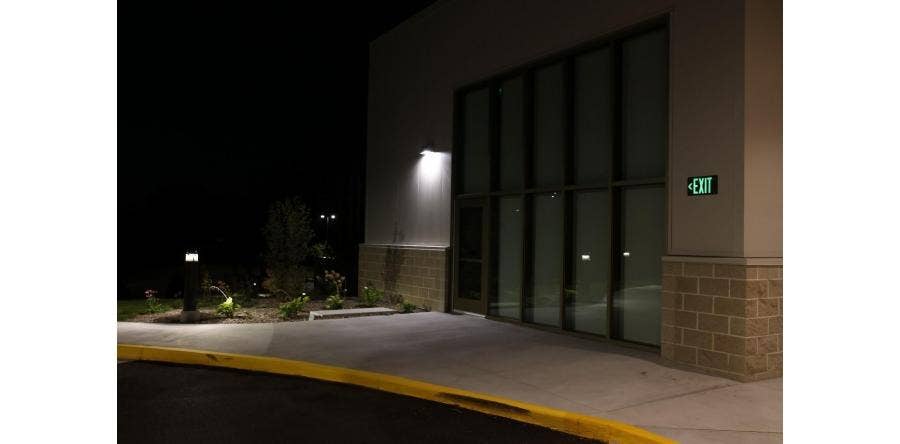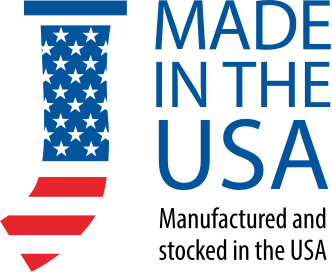A Pathway to Safety: How Egress Safety Signs Save Lives
We all understand the basic concepts behind emergency evacuations – an emergency occurs, and people need to exit the building as quickly and safely as possible. But beyond the instinct for rushing toward the exits signs, and the need to provide those exits, what do we need to know about how a building’s occupants are kept safe in a crisis? It starts with the word “egress”. Because many are not familiar with the term, it will be helpful to define it here: simply put, the word “egress” refers to an unbroken, unobstructed pathway from a building or structure that leads to an open place. More than just the exit itself, an egress path is made up of three important parts: the exit access, the exit, and, finally, the exit discharge. To have a proper egress path, there must first be in place a proper egress plan, which includes mapping a facility’s emergency evacuation routes. It’s critical, when an emergency occurs, that this “map to safety” is quickly understood and easily navigated—and that’s where the proper signage and lighting come in.
The right signs and reliable emergency lighting can spell the difference between a situation that is quickly and safely resolved, and one that ends in what could have been a preventable tragedy. When visibility is compromised by smoke or a power outage and every second counts for getting all of a building’s occupants to safety, there can’t be any waiting for the lights to come back on. That’s why immediately visible emergency lighting is mandatory for egress—both for the emergency exits themselves, and for the paths the lead to these emergency exits. Emergency exit signs with arrows that immediately light up when visibility is otherwise lost prevent panic in these situations. Following exit signs with directional arrows, the building’s occupants can remain calm knowing they’re on their way to a safe exit. A glow-in-the-dark exit arrow is extremely reassuring when everything else is in confusion.
The National Fire Protection Association Life Safety Code 101 states that clearly readable exit signs (with lettering that is minimum of 4” in height) are required to mark all exits and all admittances to exits. If you choose photoluminescent signs, it’s good to know that OSHA, the IBC, and NFPA 101 do allow such signage, provided that the photoluminescent signs you use are suitably listed. Sometimes the measures that save lives are actually extremely simple, like a glowing exit sign with an arrow that leads you out of harm’s way when you might otherwise be too frightened to find your way out. And what really matters is having those measures in place well before they’re needed. With a solid plan already implemented, and a well-lit egress path ready to go if and when it’s needed, everyone can enjoy a lot more day-to-day peace of mind.



















